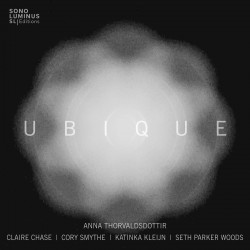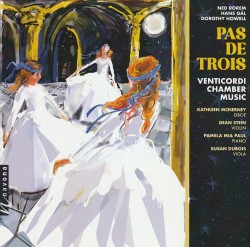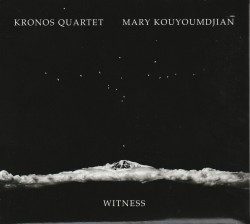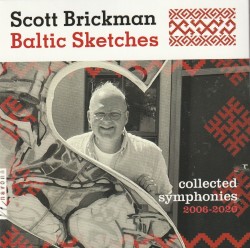Alive - John Pulchiele Ensemble
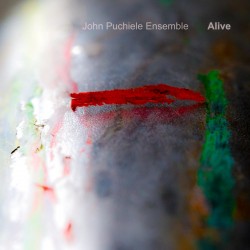 Alive
Alive
John Pulchiele Ensemble
Independent (johnpuchieleensemble.bandcamp.com/album/alive)
Alive is the seventh recording by John Puchiele Ensemble. Created by the eponymous Toronto composer/performer, it was made during the past year when he was ill with cancer and during his subsequent treatment. His personal music here is not overly dramatic or intense but instead is very ambient, minimalist, reflective and at times powerful. His orchestral, electronic, contemporary classical, new age soundscape is composed, performed and mixed to perfection, all by him.
Opening track, I’m Alive is a superb introduction to the unique storytelling orchestral music here. It starts with a quiet, “distant,” haunting held note drone. Then fast repeated flutelike warbling detached lines set a contemplative yet powerful sound. Other contrapuntal lines join in with louder, slightly accented and lower in pitch music. The tempo is fast, yet the hypnotic repeated note lines are calming until they gradually disappear to a decrescendo fast ending, like it’s time to rest …
Still begins quietly as slow held harmonic notes slightly move in a comforting, and not boring, manner. An arpeggiated and slightly louder and higher pitched middle section leads to crescendo to end. In is an under two-minute track with the same held note, calming orchestral drone idea. Slightly moving higher pitches add a positive emotional tint to the listening colour.
Puchiele has done phenomenal work here. His knowledge of synthesizers has made his music gorgeous. Each note has been performed with his in-depth ability to layer sounds that are clear and resonating after mixing. This is memorable ambient “orchestral” music.


